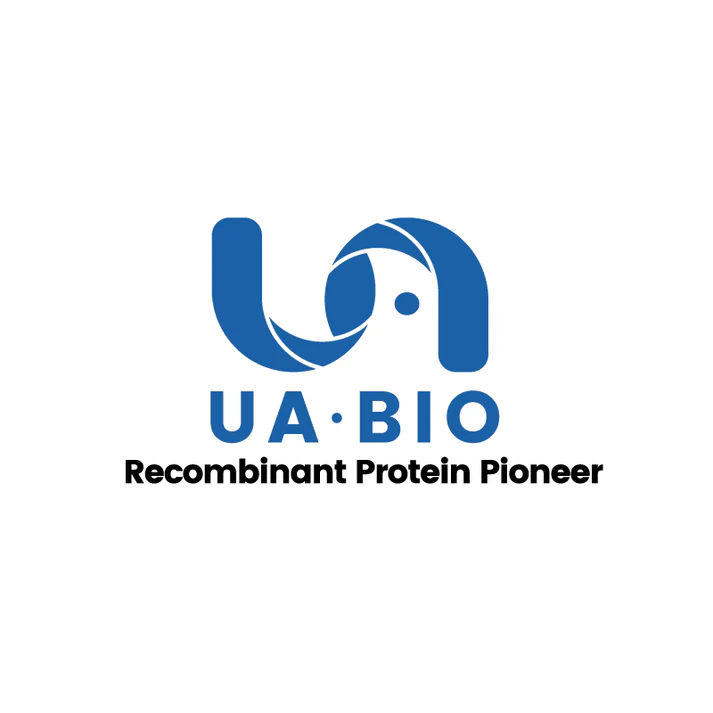Measured by its ability to inhibit the IL-4-dependent proliferation of HT‑2 mouse T cells. The EC50 for this effect is less than 0.1 ng/ml.
Product Details
Product Details
Product Specification
| Species | Mouse, Rat |
| Synonyms | Transforming growth factor beta-1,TGF-β1 |
| Accession | P04202 |
| Amino Acid Sequence | Ala279-Ser390 |
| Expression System | HEK293 |
| Molecular Weight | 12-13 kDa (Reducing) |
| Purity | >95% by SDS-PAGE and HPLC. |
| Endotoxin | <0.1EU/μg |
| Conjugation | Unconjugated |
| Tag | No Tag |
| Physical Appearance | Lyophilized powder |
| Storage Buffer | 4mM HCl |
| Reconstitution | Reconstitute at 0.1-1 mg/ml according to the size in 4mM HCl after rapid centrifugation. |
| Stability & Storage | ·12 months from date of receipt, lyophilized powder stored at -20 to -80℃. |
| Reference | Annu Rev Immunol. 2006:24:99-146. |
Background
Transforming growth factor beta 1 (TGFβ1) is the prototype of a growing superfamily of peptide growth factors and plays a prominent role in a variety of cellular processes, including cell-cycle progression, cell differentiation, reproductive function, development, motility, adhesion, neuronal growth, bone morphogenesis, wound healing, and immune surveillance. TGF-β1, TGF-β2 and TGF-β3 signal via the same heteromeric receptor complex, consisting of a ligand binding TGF-β receptor type II (TβR-II), and a TGF-β receptor type I (TβR-I). Signal transduction from the receptor to the nucleus is mediated via SMADs. TGF-β expression is found in cartilage, bone, teeth, muscle, heart, blood vessels, haematopoitic cells, lung, kidney, gut, liver, eye, ear, skin, and the nervous system.
Picture
Picture
Bioactivity
SDS-PAGE
2μg (R: reducing condition, N: non-reducing condition).
RP-HPLC
>95% as determined by RP-HPLC.
ELISA
Immobilized TGF-β1 Protein, Mouse/Rat (Cat. No. UA040459) at 0.2μg/mL (100μL/well) can bind TGFBR2 Fc Chimera Protein, Mouse (Cat. No. UA010646) with EC50 of 2.95-5.07ng/mL.


